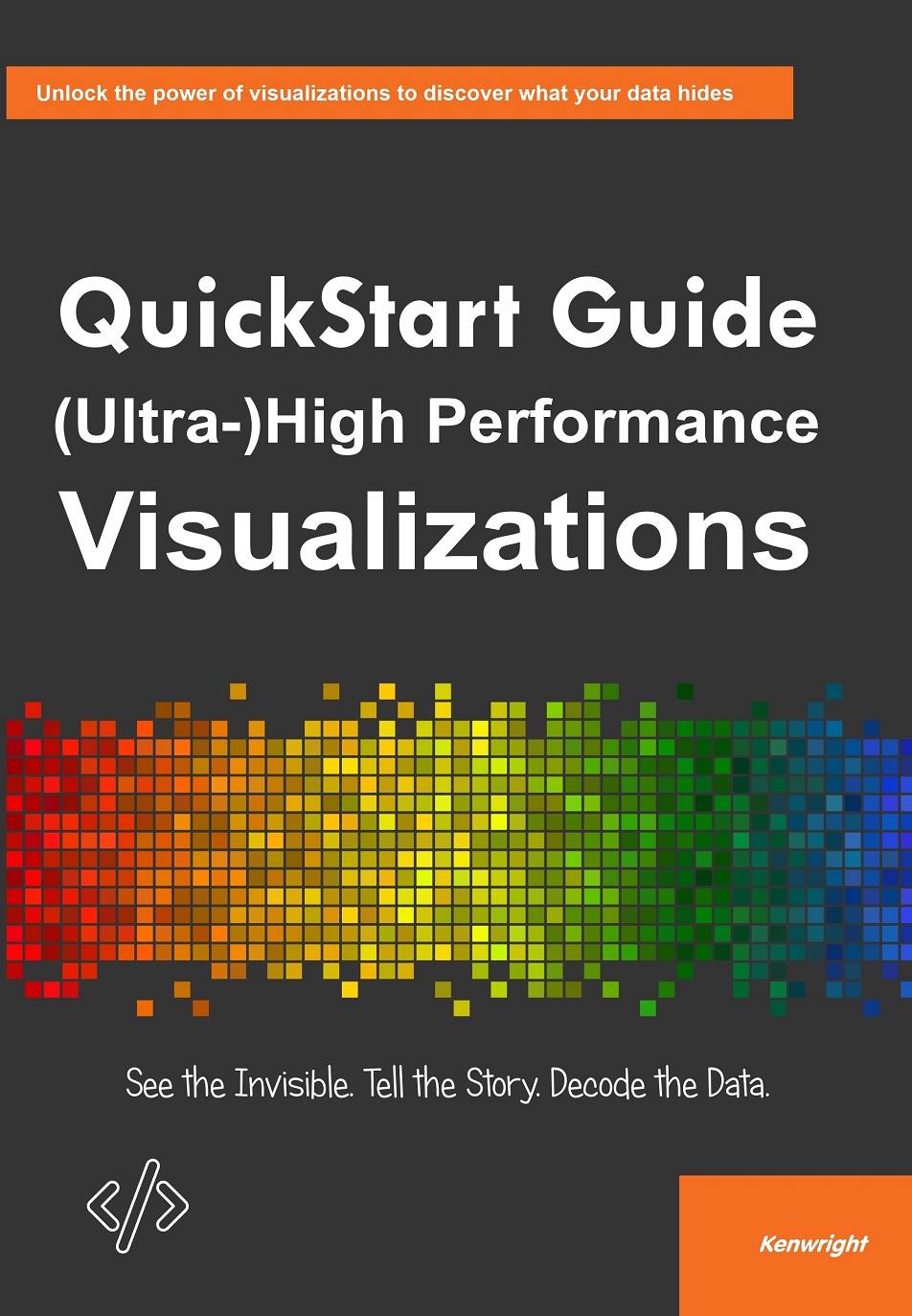
QuickStart Guide to (Ultra-)High Performance Visualizations
A compelling exploration of Data Visualization and its impact on the current trends. This essential read offers fresh perspectives and practical insights that will transform your understanding.


Sarah Johnson
Professional ReviewerGreat point! I especially appreciated the chapter on implementation strategies.
November 2, 2025